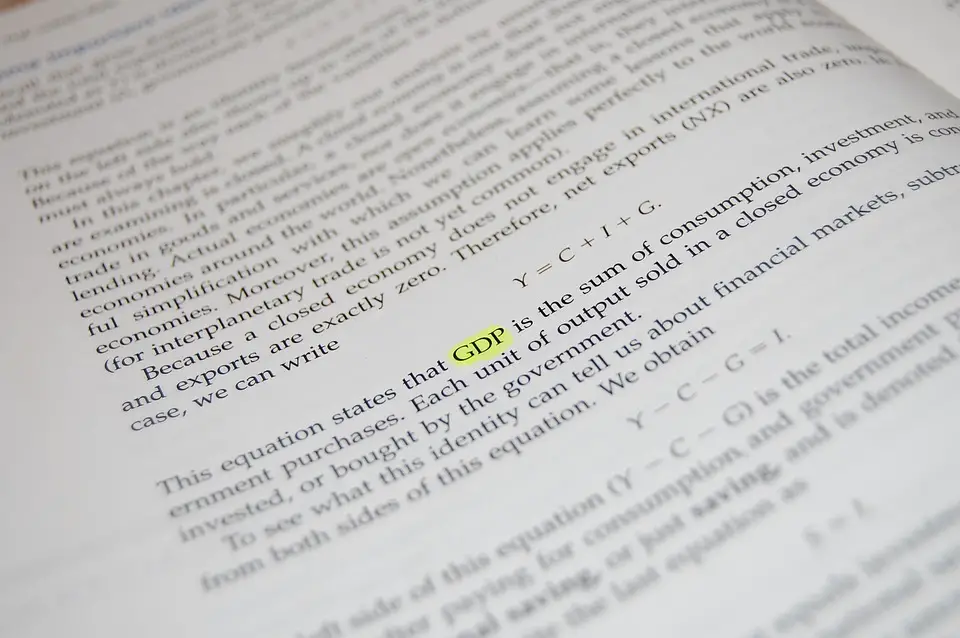As Poslovni Dnevnik/Marina Bilus writes, a few days ago, the European Commission released its winter forecasts, which are, of course, dominated by the impact of the coronavirus pandemic on the economies of the individual member states of the European Union and the Eurozone. As far as Croatian economic growth, or indeed the opposite is concerned, the European Commission has somewhat lowered its estimates of GDP decline throughout 2020 when compared to the autumn forecasts, and it now believes that it will amount to 8.9 percent.
At the same time, the EC is calling for 5.3 percent growth this year, which puts Croatia and the Croatian economic growth forecasts, at least the latest ones, in the group of countries with the most optimistic estimates attached to them.
As expected, Prime Minister Andrej Plenkovic relished in that same optimism yesterday, while, for example, the Croatian Employers’ Association (HUP) warned that they themselves prefer to stick to the realism in which the Croatian economy currently finds itself, which is far from favourable and hasn’t been for a year or so now. “As such, our forecasts are less optimistic than those given by the EC,” said HUP briefly.
However, it should be said that the European Commission itself acknowledges that the risks do continue remain high in this fluid and often unpredictable situation as the race to roll out coronavirus vaccines continues, although it still seem that their views are somewhat more balanced than they were back during the autumn months of a rather tragic 2020. Of course, the main threat remains the pandemic, the outcome of which will determine the intensity of the economic recovery of not only Croatia, but the entire bloc.
“After strong growth in the third quarter of 2020, economic activity declined again in the fourth quarter because the second wave of the pandemic led to the reintroduction of measures to combat the spread of the infection. As those measures still remain in place, the economies of the European Union and the Eurozone are expected to shrink in the first quarter of 2021, but will also start to grow again in the spring and, thanks to increasing population fragmentation and the gradual easing of anti-epidemic measures, gain some more momentum in the summer months.
The economic consequences of the pandemic are still uneven among the countries of the bloc, and it is predicted that the speed of recovery will vary significantly from member state to member state,” reads the winter forecasts.
For the latest travel info, bookmark our main travel info article, which is updated daily.
Read the Croatian Travel Update in your language – now available in 24 languages.
Join the Total Croatia Travel INFO Viber community.








